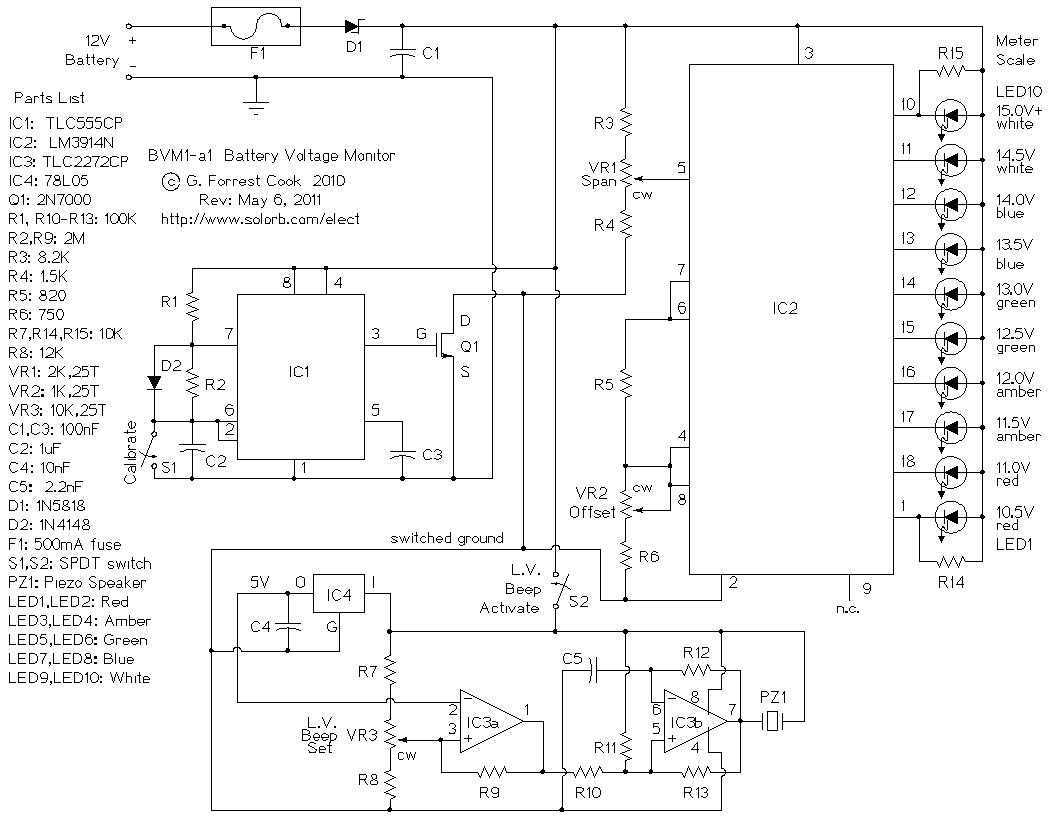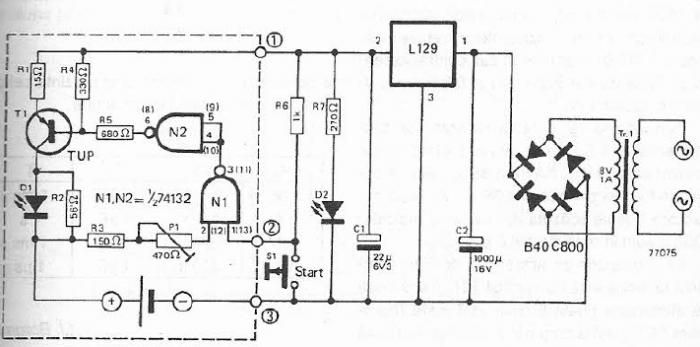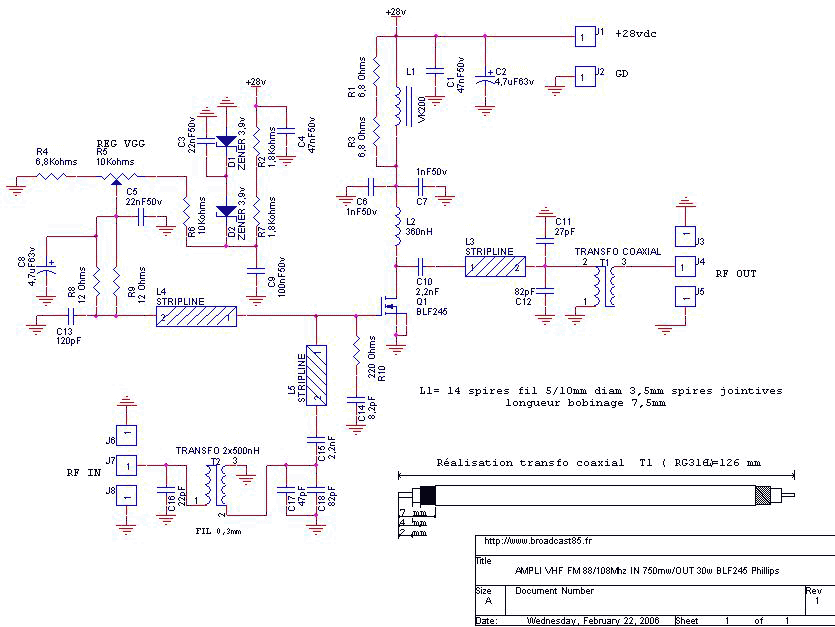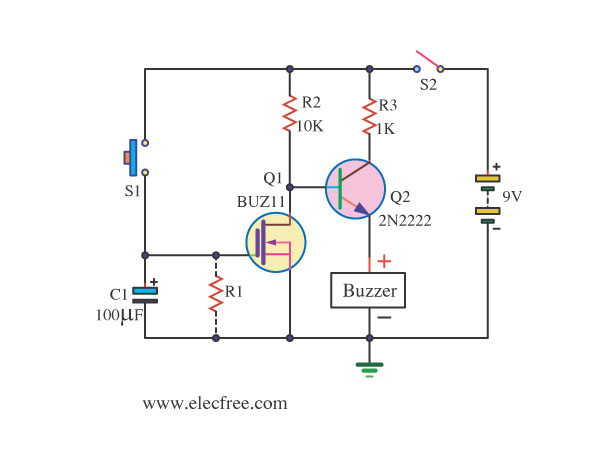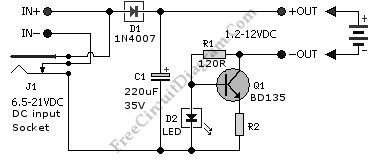
mosfet prevents battery damage
.jpg)
Sealed lead-acid batteries are commonly used in power electronics applications, including uninterruptible power supplies (UPS), inverters, and emergency lamps. They provide power to the load when utility power is unavailable. Upon restoration of utility power, a charger supplies power to both the load and the batteries. To protect the load from current resulting from a reverse-connected battery, a diode can be added. However, this diode will not protect a reverse-connected battery from the charger circuit. If the charger is active, a potentially hazardous current can flow into a reverse-connected battery. In this scenario, the battery voltage, which typically opposes the charging voltage, instead reinforces it, allowing a higher current to flow into the battery. Incorporating an N-channel MOSFET into the circuit can safeguard the battery from this damaging situation. The MOSFET will only conduct when the battery is correctly connected, allowing for proper charging and discharging. In this state, the transistor becomes forward-biased, activating the MOSFET. Conversely, if the battery is reverse-connected, the transistor and MOSFET will turn off, effectively preventing current flow. This straightforward circuit provides reverse-battery protection in both the charger and battery paths, thereby safeguarding the battery, charger, and load. Additionally, a microcontroller can be employed to monitor battery current and determine the appropriate course of action.
The described circuit operates effectively to ensure the integrity and safety of sealed lead-acid batteries in various power electronics applications. The use of a diode provides a basic level of protection; however, its limitations necessitate the inclusion of an N-channel MOSFET for enhanced safety. The MOSFET acts as an electronic switch, allowing current to flow only when the battery is connected correctly. This is critical in preventing damage that could occur from incorrect battery connections, which can lead to excessive currents and potential thermal runaway situations within the battery.
When the circuit is powered, and the battery is connected correctly, the forward biasing of the transistor allows the MOSFET to turn on, facilitating the charging of the battery while simultaneously powering the load. In contrast, if a reverse connection is detected, the MOSFET switches off, effectively isolating the battery from the charger circuit and the load. This action prevents any reverse currents from damaging the battery or the charger components.
Incorporating a microcontroller into this setup allows for real-time monitoring of the battery's state, including voltage and current levels. The microcontroller can be programmed to execute specific actions based on the battery's condition, such as triggering alarms for abnormal conditions, initiating protective measures, or adjusting the charging parameters to optimize battery life. This integration enhances the overall functionality and safety of the power electronics system, making it more adaptable and reliable in various operational scenarios.Sealed-lead-acid batteries, which find wide use in power-electronics products, such as UPS (uninterruptible-power supplies), inverters, and emergency lamps, supply power to the load whenever utility power is unavailable. When you restore utility power, a charger supplies the power to the load and charges the batteries (Figure 1).
You can add a dio de to protect a load from current resulting from a reverse-connected battery. The diode, however, won`t protect a reverse-connected battery from the charger circuit. If the charger is on, a potentially dangerous current can flow into a reverse-connected battery. The battery voltage, which normally opposes the charging voltage, now aids it, which lets a higher current flow into the battery. If you add an N-channel MOSFET to the circuit, you can protect the battery from this damaging condition (Figure 2).
The MOSFET conducts only when the battery is correctly connected, which lets the battery charge or discharge. In this condition, the transistor gets forward-biased, which switches on the MOSFET. If the battery is reverse-connected, the transistor and MOSFET turn off, thus preventing current flow.
This simple circuit provides reverse-battery protection in both charger and battery paths, thereby protecting the battery, the charger, and the load. You can use a microcontroller to measure battery current and make a decision on appropriate action, as well.
🔗 External reference
The described circuit operates effectively to ensure the integrity and safety of sealed lead-acid batteries in various power electronics applications. The use of a diode provides a basic level of protection; however, its limitations necessitate the inclusion of an N-channel MOSFET for enhanced safety. The MOSFET acts as an electronic switch, allowing current to flow only when the battery is connected correctly. This is critical in preventing damage that could occur from incorrect battery connections, which can lead to excessive currents and potential thermal runaway situations within the battery.
When the circuit is powered, and the battery is connected correctly, the forward biasing of the transistor allows the MOSFET to turn on, facilitating the charging of the battery while simultaneously powering the load. In contrast, if a reverse connection is detected, the MOSFET switches off, effectively isolating the battery from the charger circuit and the load. This action prevents any reverse currents from damaging the battery or the charger components.
Incorporating a microcontroller into this setup allows for real-time monitoring of the battery's state, including voltage and current levels. The microcontroller can be programmed to execute specific actions based on the battery's condition, such as triggering alarms for abnormal conditions, initiating protective measures, or adjusting the charging parameters to optimize battery life. This integration enhances the overall functionality and safety of the power electronics system, making it more adaptable and reliable in various operational scenarios.Sealed-lead-acid batteries, which find wide use in power-electronics products, such as UPS (uninterruptible-power supplies), inverters, and emergency lamps, supply power to the load whenever utility power is unavailable. When you restore utility power, a charger supplies the power to the load and charges the batteries (Figure 1).
You can add a dio de to protect a load from current resulting from a reverse-connected battery. The diode, however, won`t protect a reverse-connected battery from the charger circuit. If the charger is on, a potentially dangerous current can flow into a reverse-connected battery. The battery voltage, which normally opposes the charging voltage, now aids it, which lets a higher current flow into the battery. If you add an N-channel MOSFET to the circuit, you can protect the battery from this damaging condition (Figure 2).
The MOSFET conducts only when the battery is correctly connected, which lets the battery charge or discharge. In this condition, the transistor gets forward-biased, which switches on the MOSFET. If the battery is reverse-connected, the transistor and MOSFET turn off, thus preventing current flow.
This simple circuit provides reverse-battery protection in both charger and battery paths, thereby protecting the battery, the charger, and the load. You can use a microcontroller to measure battery current and make a decision on appropriate action, as well.
🔗 External reference
